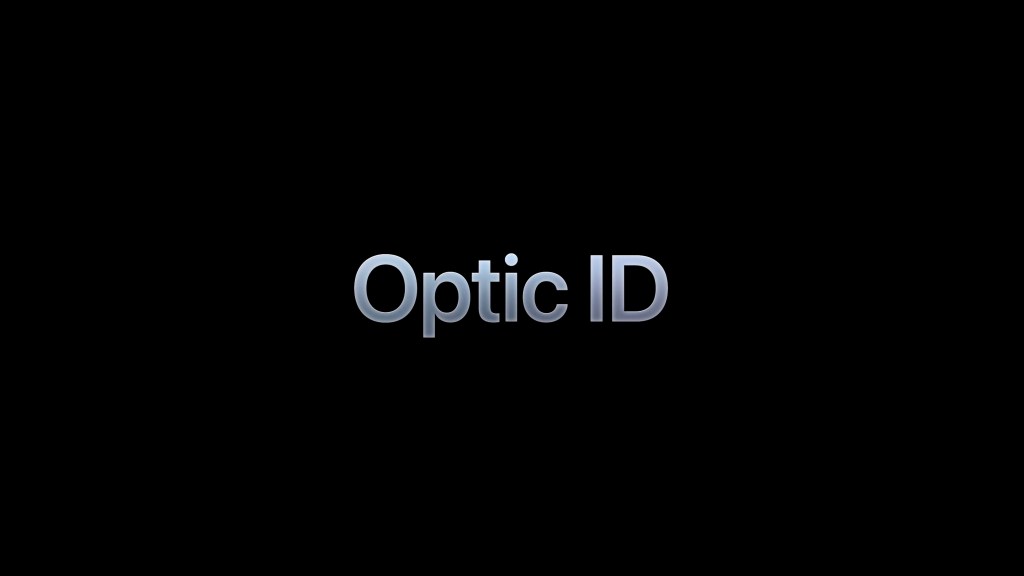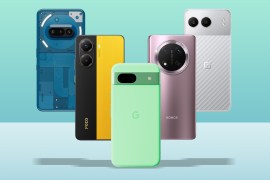Apple Optic ID: what is it and how does it work?
Apple's Vision Pro headset scans your eyes to ensure security

After years of speculation, Apple unveiled its Vision Pro debut mixed reality headset back in June. But how do you secure a device that you strap to your face? Rather than embedding Touch ID in one of the buttons or putting a new spin on Face ID, Apple came up with an all-new biometric method to protect your device.
Dubbed Optic ID, the new security tech scans your iris to securely unlock the Vision Pro headset. But how does Optic ID work, and is the new biometric method secure? Here’s everything you need to know about Apple’s latest security tech.
How does Optic ID work?
Vision Pro will ship with Optic ID built-in for biometric security. It scans your iris to verify who you are, allowing you to unlock and use your headset. To scan your iris, Apple is using LED light exposure to take a 3D scan of your eye. The Vision Pro uses its sensors to project LED light onto your iris.

The device will then compare this against a stored model on-board the device to verify if it’s really you. Your iris scan is stored securely in Vision Pro’s Secure Enclave, and never leaves your device. In this respect, it’s pretty similar to Face ID, which currently exists on the latest iPhone models.
How secure is Optic ID?
For Touch ID and Face ID, Apple trained its neural network with over a billion images through its deep learning algorithm. We can expect that it’s done something similar with Optic ID, to get the new security standard up to scratch. Just like the other two standards, printed photos won’t be able to fool the sensors, since they rely on 3D depth data.
As for iris scans themselves, each scan is entirely unique between individuals. According to Apple, Optic ID can even recognise the difference between identical twins – an area where Face ID could fall short. And since everything is encrypted and handled on your Vision Pro headset, nobody can get their hands on your eye scan.
Is Optic ID just for unlocking your Vision Pro headset?

Of course, Optic ID is primarily to stop other people from getting into your headset, but it doesn’t stop there. Just like Touch ID and Face ID on the iPhone, this new biometric tech can also be used to authorise Apple Pay transactions, validate App Store downloads, and autofill passwords from iCloud Keychain. It’ll also work with third-party apps, just like Face ID.

